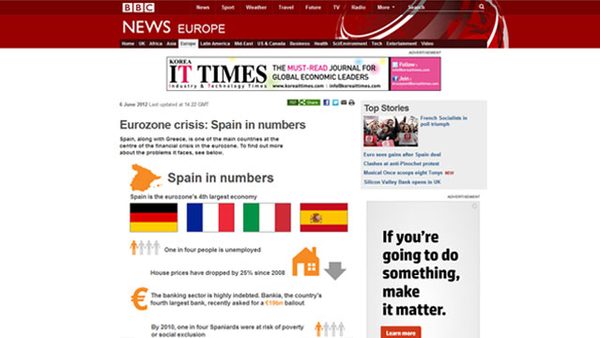SUMMARY
This is AI generated summarization, which may have errors. For context, always refer to the full article.

The weekend news on the 100 billion euros-worth rescue mechanisms to recapitalize the Spanish banks–not the government–was glowingly welcomed and has propped most markets on Monday, June 11. But after over two years of similar bailout-market impact cycles, what’s the big deal with Spain’s? First, this is actually a bailout without restrictions. The money–which other European countries are footing or backstopping–will go to 30% of the Spanish banks with the greatest exposure to the 2008 property market crash. The deal imposed no conditions on the overall economy, and no new austerity measures. The only conditions are for the banks. The government doesn’t have to fire bureaucrats (at least for now) or privatize state agencies. Second, Spain (at least in theory) should still be able to access the markets to fund its government as it has done pre-bailout. This puts it apart from other bailouts, like Greece, Ireland, Portugal that were aid recipients categorized as a basket case “program” countries. Offhand, though, this Spanish formula of a ‘lite’ bailout is considered a way to buy time for European policy maiers to work with other weaker economies threatening the stability of the 17-nation eurozone.
Read more about Spain’s bank lifeline on Rappler.
Check Spain facts and figures on BBC.
Check market reactions on BBC.
Add a comment
How does this make you feel?
There are no comments yet. Add your comment to start the conversation.